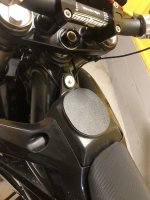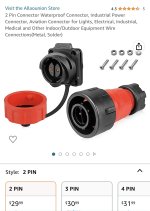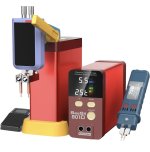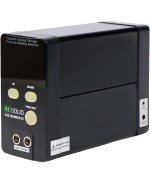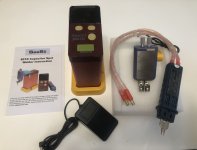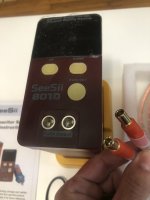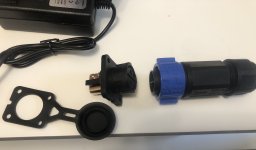Thank you for the offer, my friend!

Unfortunately, no I don’t have access to a 3-D printer. I certainly need to get a 3-D printer set up as I’ve needed one for various types of hobbies over the years.
That being said, I’ve already cut the gas cap port off flush with the tank and I’m using a flat piece of ABS plastic covering the hole. Plan to just find a charger port/connector with a spring loaded door to screw into the flat ABS plastic. Probably will add a small voltage display in conjunction with the charger port.
Here’s a couple of pictures as it’s not finished yet, need to still clean up the edges and just have it hot glued in place for the moment. I’ll use a two part epoxy once I have the final shape.
View attachment 336346
View attachment 336347



